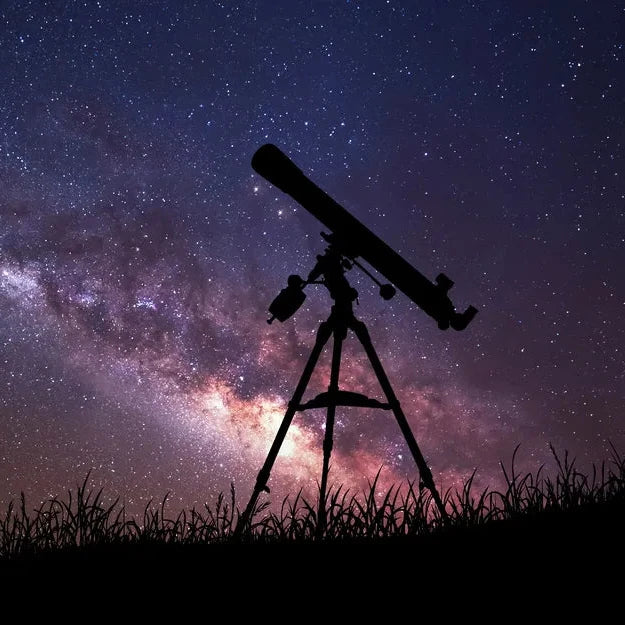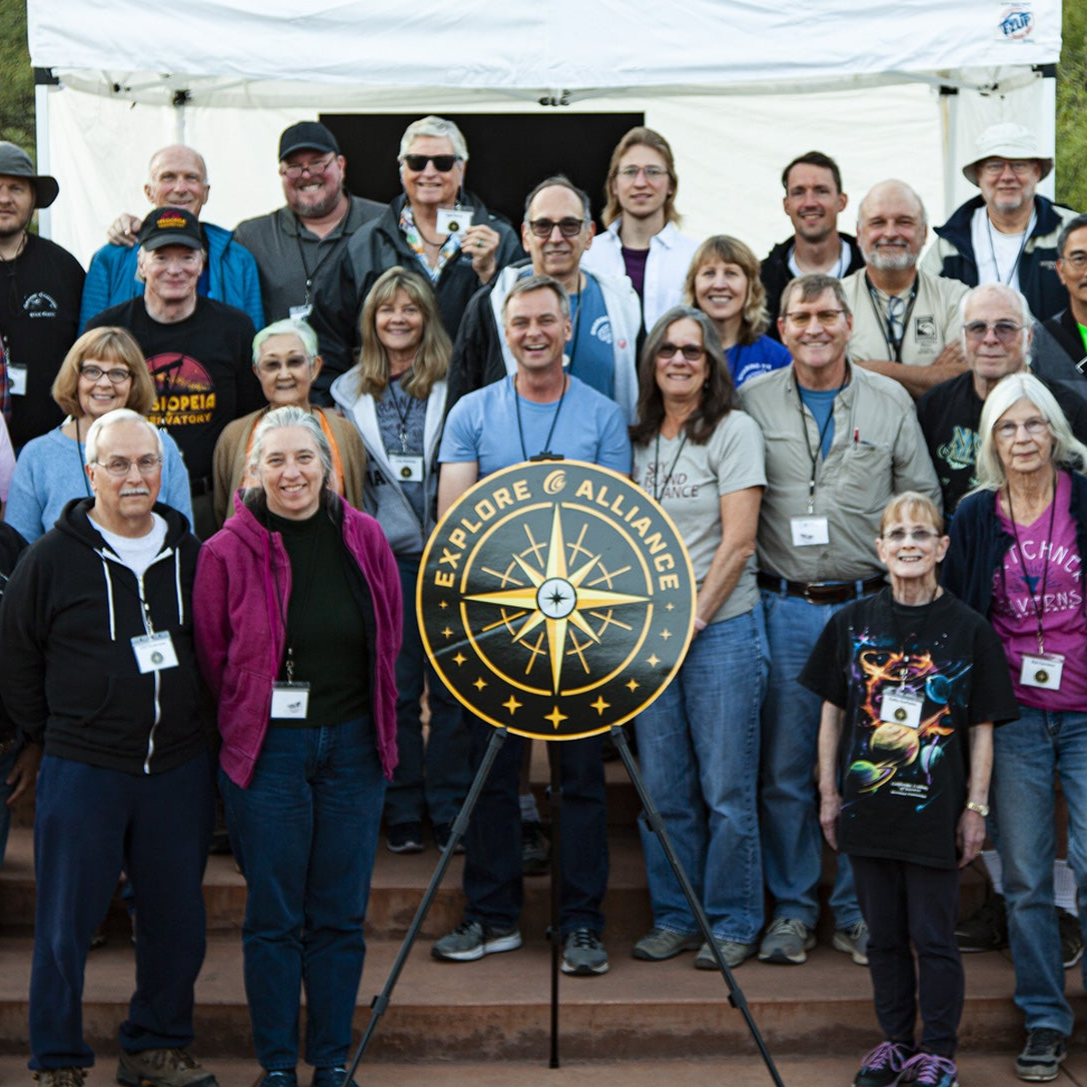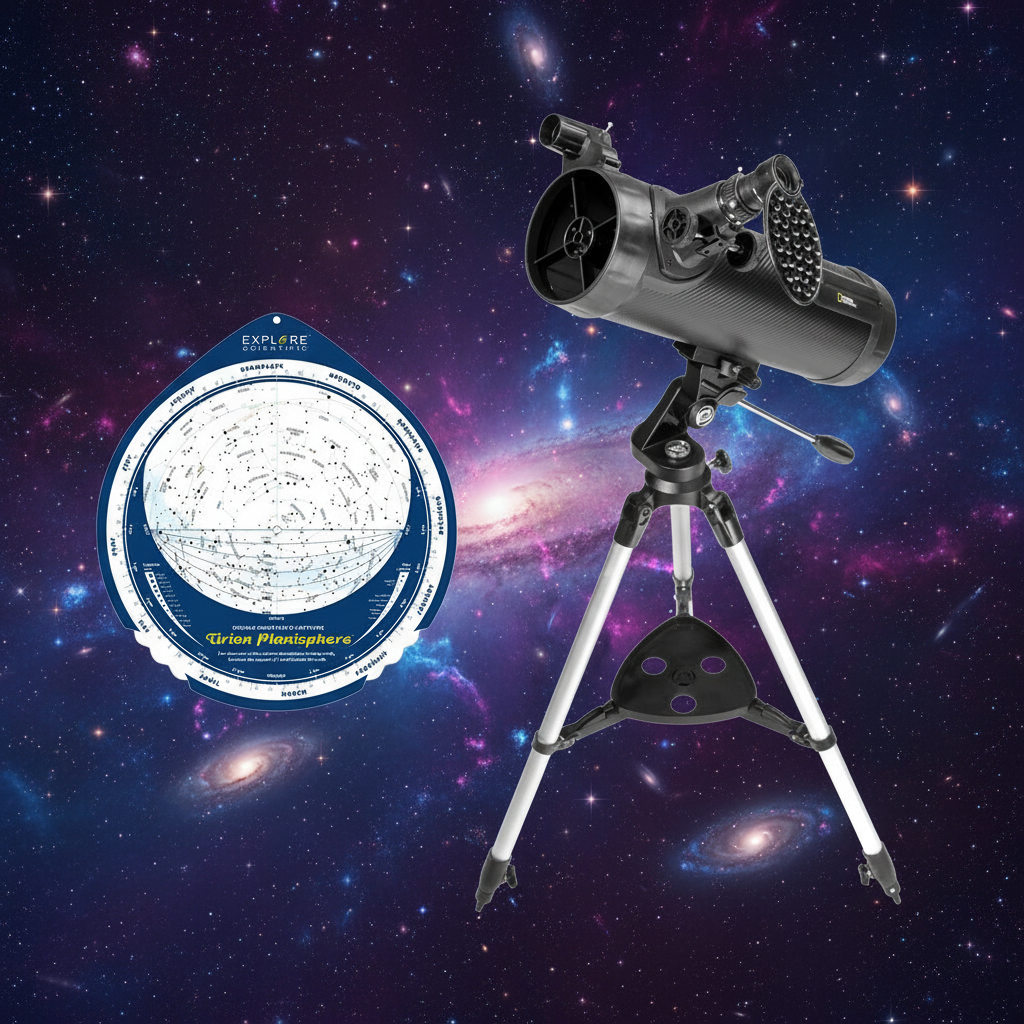What’s Up in the Sky
At any moment of the day, countless awe-inspiring celestial events are unfolding in the sky. With a universe of options, it can be hard to pin down what to observe, what to look into or what to remember. Each week, this column will take a peek at what’s happening in the sky and in the world of astronomy in general to provide a quick list of highlights that can jumpstart your own explorations.
What to observe:
October 7 – Uranus at Opposition
On Tuesday (October 7th), our solar system’s third largest planet, Uranus, will be at opposition, which means it will essentially be at a position directly opposite of the Sun when viewed from Earth. At the same time, it will also be at its closest approach to Earth. For sky watchers, the combination of these factors means the planet will be in a prime viewing position almost all night, peaking at midnight local time. Even though Uranus, which will be located in the Pisces constellation, will appear at its brightest and largest in the night sky during this event, naked eye observations will reveal little more than a star-like point. To really see this remote planet manifest as a pale aqua disk, you will need a moderate-sized telescope, and a larger scope may reveal some of the planet’s many moons. Western Hemisphere viewers might find an even better time to try viewing Uranus will occur the night after opposition, when a total lunar eclipse drastically darkens the night sky.
October 8 – Total Lunar Eclipse
North American viewers will be perfectly positioned to enjoy the total lunar eclipse that is set to occur in the predawn hours Wednesday (October 8th). A total lunar eclipse occurs when a perfect alignment of the Sun, Earth and Moon causes the full moon to be shrouded by Earth’s shadow. During the event, the same phenomenon that gives our sunsets their beautiful, colorful glow will cast the Moon in some shade of burnt reddish-orange. How red the Moon will actually appear depends on Earth‘s atmospheric conditions, such as dust levels and humidity, which affect the way sunlight is filtered and refracted to light the lunar surface. In a recent NASA article, an atmospheric scientist detailed why some observers might also see a turquoise fringe around the eclipsed moon (http://science.nasa.gov/science-news/science-at-nasa/2014/18sep_lunareclipse/). The total phase of the eclipse will last for 59 minutes beginning at 6:25 a.m. EDT. The partial phase will last for 199 minutes and begins at 5:15 a.m. EDT. For observers who would like to find out more about the event from experts, NASA is hosting two Q&A events. The first will be from 4-5 p.m. EDT on Tuesday via a Reddit AMA. The second will take place during the eclipse itself and will involve NASA moon experts answering questions during a live web chat that will start at 3 a.m. EDT on Wednesday and last until sunrise. For more information on accessing these events, visit http://www.nasa.gov/watchtheskies/lunar-eclipse-oct-2014.html#.VDLCeaXBclJ. This total lunar eclipse is actually the second in a series of four that span 2014 and 2015. The next in the series will be April 4th, 2015.
Oct. 8/9 - Draconid Meteor Shower Peaks
While it usually does not result in an impressive amount of meteors per hour, the Draconid event is a notable rarity among meteor showers because these meteors are best seen in the early evening instead of in the more common post-midnight hours. This meteor shower’s radiant point is in the head of the Draco the Dragon constellation, which makes it mostly a northern hemisphere phenomenon. Set to peak around October 8th or 9th, the shower usually only produces a few meteors per hour, but it is unpredictable and has produced hundreds per hour in some years. Even though observation conditions will be less than ideal because the peak coincides with the full moon this year, it might make for a nice challenge on a crisp autumn eve. For prime viewing find a position under a dark open sky away from light pollution, lie down, look up and see if your patience will be rewarded.
What to look into:
October 4-10 – World Space Week
Designed to inspire and enlighten, World Space Week is a global celebration of space, science and technology coordinated by the United Nations with the aid of the World Space Week Association. The theme for this year’s event is “Space: Guiding Your Way,” and event organizers will be encouraged to address the ways in which satellite navigation is used to benefit humanity. Launched by a declaration of the U.N. General Assembly in 1999, World Space Week begins every year on October 4th to recognize the anniversary of the 1957 launch of Sputnik 1, the first man-made Earth satellite. It wraps up on October 10th in commemoration of the signing of a 1967 treaty that provided the basic framework of international space law. For information on the events scheduled throughout the world to celebrate the week, visit www.worldspaceweek.org.
Coming up:
October 21 –Orionid Meteor Shower Peaks
October 23 – Partial Solar Eclipse












Leave a comment
This site is protected by hCaptcha and the hCaptcha Privacy Policy and Terms of Service apply.